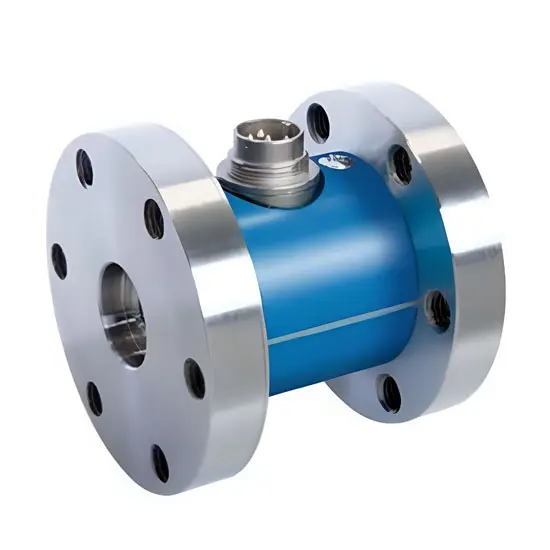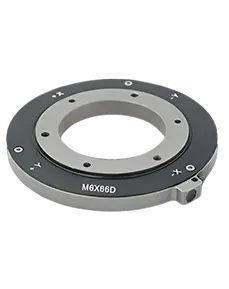Understanding Force and Torque Measurement: Choosing the Right Sensor
Measuring force and torque is one of the important things that machines, equipment, and systems have to undertake. The two serve to manage an amount of pressure or turning force applied in a procedure. When they are not measured properly by a machine, there is a high possibility of it halting its operations or breaking down. That is why, rather hardly noticed by most people, it is important to select the proper sensor.
Why Force and Torque Sensors Matter
The pull or push of an object is called force, and the twist or turn on an object is called torque. There is a very broad range of applications where sensors to measure these quantities are essential, including automobile testing, robotic systems and even aerospace. They ensure that the systems are in operation safely, peacefully, and with a proper amount of control. You might make errors, lose time, or break something in case you utilize the kind of sensor of a different nature. That’s why the first step to better performance is knowing what kind of sensor to employ.
Types of Sensors and How They Work
There exist a lot of various kinds of sensors, including single-axis force sensors, torque sensors, and multi-axis sensors. All of them do a different task and are designed to measure force or torque in one or multiple directions. An example is the multi-axis sensors that are able to detect motion in several directions simultaneously. This is ideal for complex machines such as a motion simulator or robotic arm. Most sensors give the capability of reading the data in a short span and come with inbuilt accessories so that they may work easily. Most sensors are made of durable material instead of wearing out.

Choosing the Right Sensor for Your Needs
What you want to measure and where you want to use it will determine the best sensor. A single-axis sensor can be all you need if your project simply needs to measure force in one direction. However, you might be required to have multi-axis force and torque sensors in case you are dealing with systems that have the potential for movements in different directions. It is also important to think of the size of the sensor required; its weight capacity and the level of accuracy it should have. An example can be security testing of automotive parts that may require very exact pressure readings, but that may not be the case for a smaller job.
Things to Keep in Mind Before Buying
• Find out if you need to measure simply torque, just force, or both. Also, find out if your system travels in one direction or many.
• Pick a sensor size that works with your machine or configuration.
• Test the capability of the sensor to control torque or force.
• Select sensors made up of hard and durable materials.
• Ensure that the sensor will provide readings that are both readable and fast.
• Make that the sensor works in your setting (temperature, dust, etc.).
Conclusion
Modern businesses cannot do without force and torque sensors. Make the right selection and you will save your time, avoid error and maybe be able to get better outcomes. Being a mere maker or high-tech employee, one would need to know what kind of sensor they need. MareX is your trusted partner in precise measurement. Get experienced advice and reliable sensor solutions from them.

